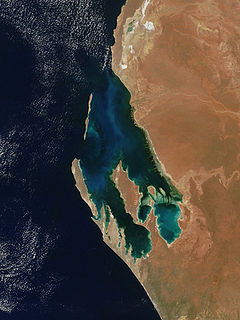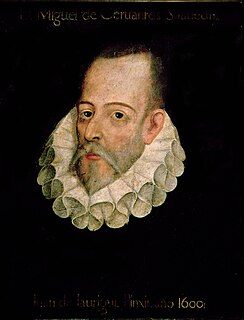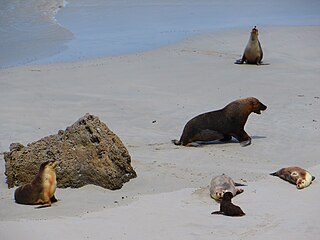
Waychinicup National Park is in Western Australia, 404 kilometres (251 mi) southeast of Perth and 65 kilometres (40 mi) east of Albany. The park is bordered by the Southern Ocean to the south, Mount Manypeaks Nature Reserve to the east, and agricultural land to the north. Its coastline runs between Normans Beach and Cheynes Beach, near Bremer Bay. Bald Island Nature Reserve is located offshore nearby. The park offers and array of landscapes, from the rugged coast to boulder-strewn hilltops. Tree-filled, deeply-incised valleys have freshwater streams flowing through them, with moss-covered boulders. Facilities provided include a camping area and bush toilet near the inlet of the Waychinicup River.

West Cape Howe National Park is a national park in Western Australia, 390 kilometres (240 mi) southeast of Perth. The park is found between Albany and Denmark within the City of Albany and in the Great Southern region.
Garden Island is a slender island about 10 kilometres (6 mi) long and 1.5 kilometres (0.9 mi) wide, lying about 5 kilometres (3 mi) off the Western Australian coast, to which it is linked by a man-made causeway.

Shark Bay is a World Heritage Site in the Gascoyne region of Western Australia. The 2,200,902-hectare (5,438,550-acre) area is located approximately 800 kilometres (500 mi) north of Perth, on the westernmost point of the Australian continent. UNESCO's official listing of Shark Bay as a World Heritage Site reads:
St Alouarn Islands are a group of islands and rocks south-east of Cape Leeuwin in Western Australia, approximately 11 km south of Augusta in Flinders Bay.

Princess Royal Island is the largest island on the North Coast of British Columbia, Canada. It is located amongst the isolated inlets and islands east of Hecate Strait on the British Columbia Coast. At 2,251 square kilometres (869 sq mi), it is the fourth largest island in British Columbia. Princess Royal Island was named in 1788 by Captain Charles Duncan, after his sloop, the Princess Royal.

Algoa Bay is a bay in the Eastern Cape, South Africa. It is located in the east coast, 425 miles east of the Cape of Good Hope.

The Broulee Island Nature Reserve is a protected nature reserve located on the south coast of New South Wales, Australia. The 43 ha reserve was created in 1972 and is managed by the NSW National Parks & Wildlife Service. The reserve is situated 23 kilometres (14 mi) south of Batemans Bay and is adjacent to the village of Broulee.

The Shire of Dandaragan is a local government area located in the Wheatbelt region of Western Australia, about 200 kilometres (124 mi) north of the state capital, Perth. The Shire covers an area of 6,716 square kilometres (2,593 sq mi) and its seat of government is the town of Jurien Bay.

Two Peoples Bay Nature Reserve is a protected area managed by the Department of Parks and Wildlife 35 kilometres (22 mi) east of Albany, Western Australia. The area is accessible by 2WD vehicles. The bay itself, including two small secluded beaches, faces due east and is protected from the Southern Ocean by a headland formed by the granite massif of Mount Gardiner. The nature reserve was established in 1967 to protect the threatened noisy scrub-bird and its habitat.

Wedge Island is a settlement located north of Lancelin and south of Cervantes on the Western Australian coast.

Edwards Island, also known as Edward Island, is an island in Western Australia near Lancelin.

Lancelin Island is an island in Western Australia near Lancelin.

The Beagle Islands are a small group of islands in Western Australia, found approximately 15 kilometres (9 mi) north west of Leeman.

Escape Island is an island near Jurien Bay in Western Australia.

Whitlock Island is an island near Jurien Bay in Western Australia.

Favorite Island is an island in Western Australia.

Abutilon Island is located approximately 120 kilometres (75 mi) off the coast from Onslow in the Pilbara region of Western Australia.

Thevenard Island is located approximately 22 kilometres (14 mi) off the coast of Onslow in the Pilbara region of Western Australia.















